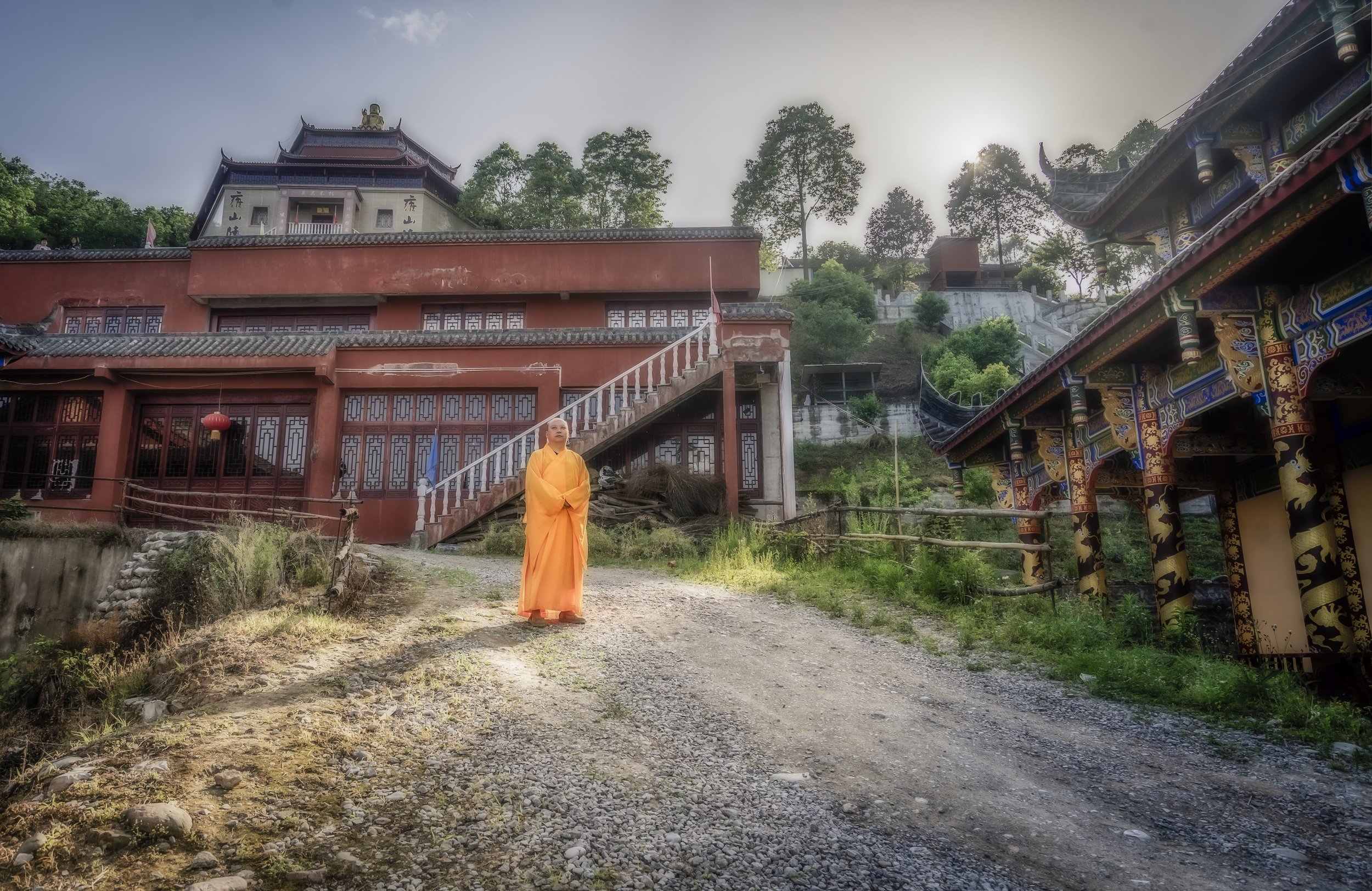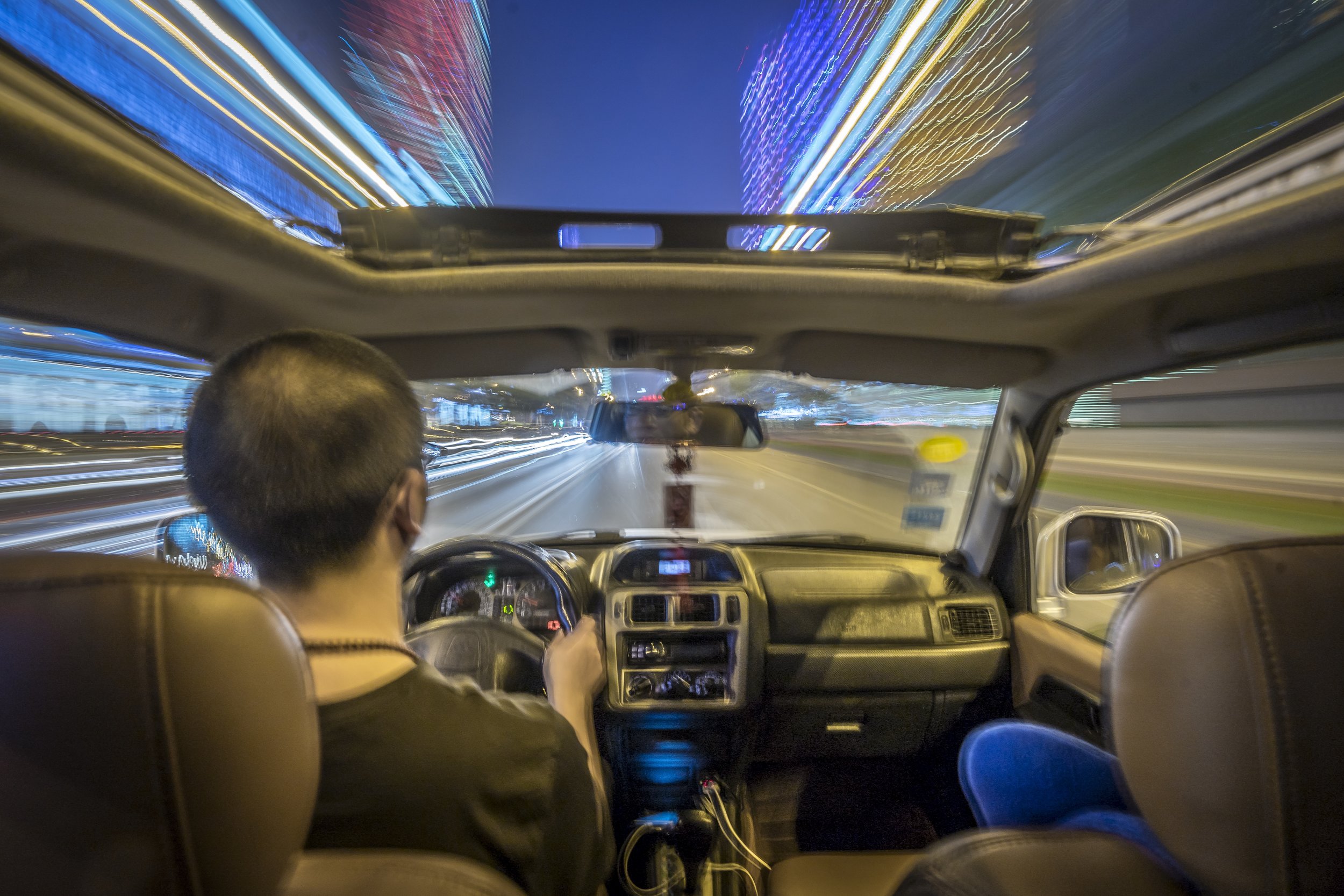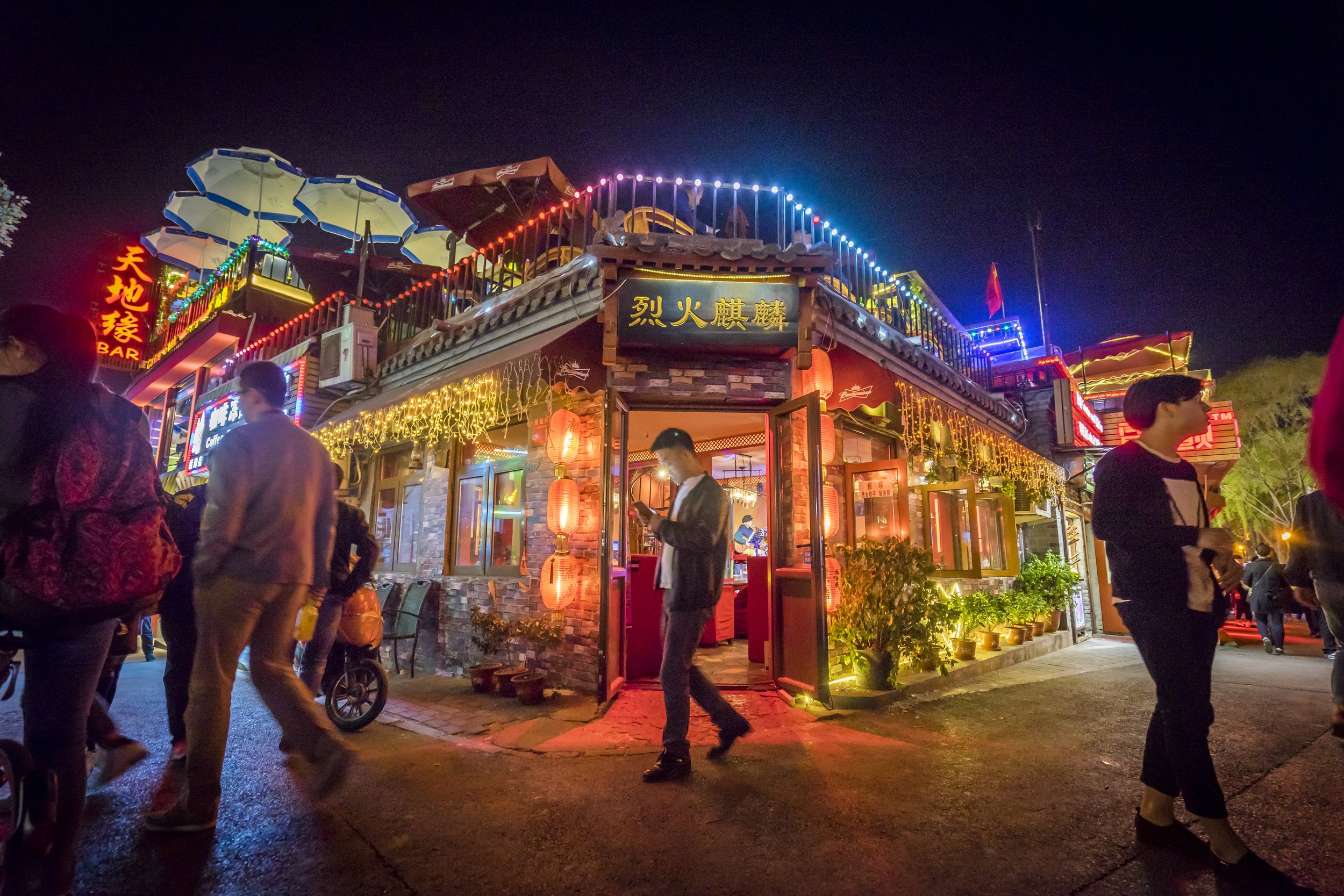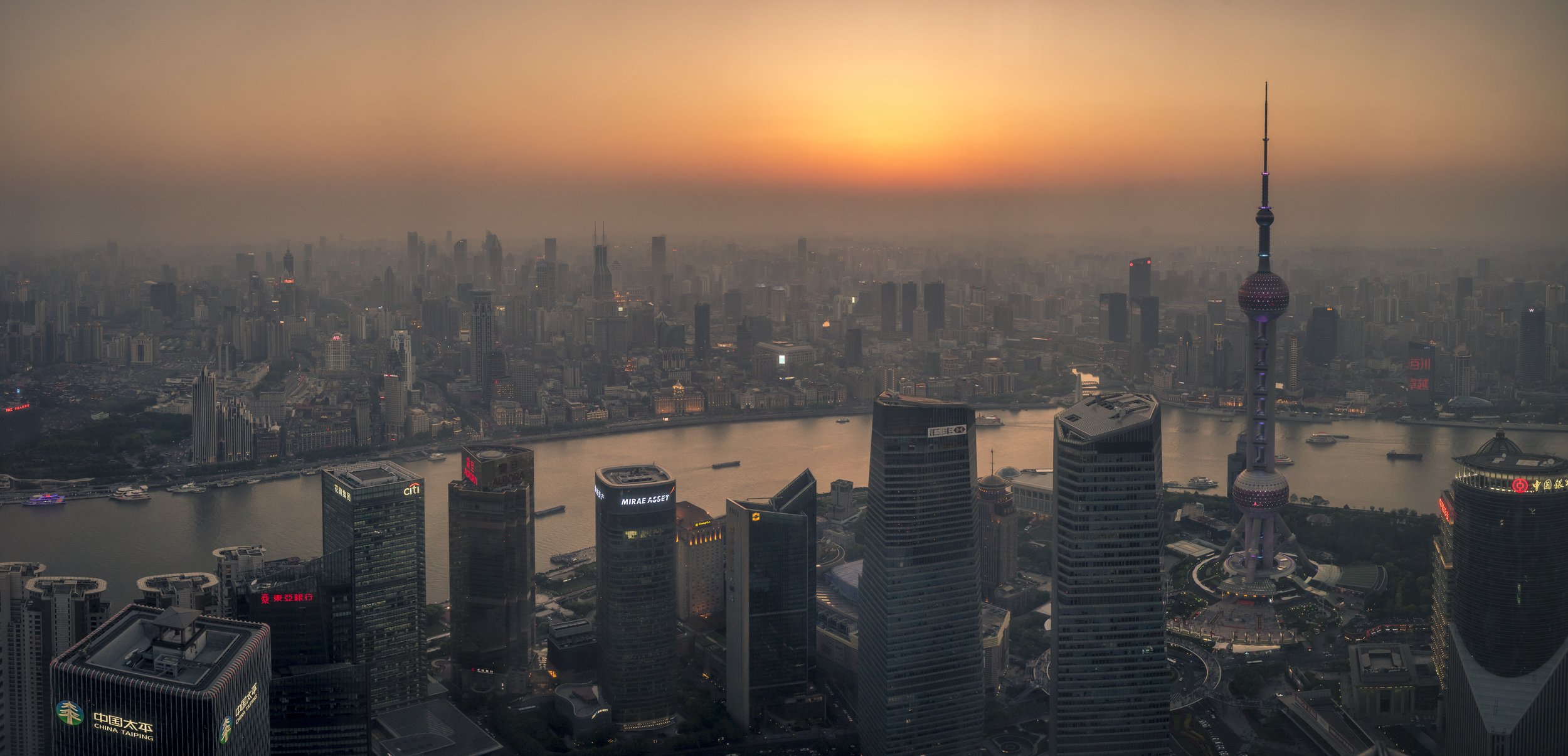Generations Clashing
A Look at the rapid growth of China's Economy
Since 1976, after the end of a long and strict leadership led by Mao, China has worked hard to open its markets and establish what is called a socialist market economy. The current General Secretary, Xi Jinping, is well on track to achieve the ruling party’s ‘Two 100’ goals, that is to have China as a moderately well off society and become a fully developed nation in time for the 100th anniversary of the founding of the People’s Republic.
What may seem like a baseline goal for many is a daunting task when looking at the scale of China’s population as well as the amount of work required to reach these ambitions. Despite this, China is determined and has seen unprecedented growth in the last 30 years taking the crown as the fastest growing economy by doubling its GDP from 10 to 20 trillion in just 6 years. This hard to fathom growth can be grasped when looking more closely at the exponential change in China’s infrastructure. In 1949 China had 69 cities, today it is home to over 658 cities and on schedule to add an additional 100 in the next 20 years. This is also the country that is home to 25% of the world’s 100 largest cities.These new cities will become home to over 50,000 skyscrapers. China’s growth alone consumes 40% of the world’s cement and steel. In 9 years, China multiplied their 41,000km highway network by 2.5 times to become the largest in the world. In 2003 high speed trains did not exist in China and was a foreign concept. Now China is home to the most extensive network of high speed trains in the world, and will multiply that by 4 times by 2020, enough to wrap around the world 1.25 times. In the past 30 years more than 400 million people moved from rural areas to city centres, a number larger than the population of the entire US. By 2030 China is expected to have 1 billion city dwellers. That means that 1.4 million citizens, the population of Estonia and slightly more than double the population of Vancouver, will migrate to a city every month.
With such rapid growth many lessons are learned and consequences are discovered along the way. Well known statistics can show how tripling fossil fuel consumption in just 16 years can create uninhabitable air quality. More so, there is an unquantifiable paradox of two generations clashing throughout society, a younger more technologically savvy generation interacting with a traditional older population. Most societies experience this same conflict but the rate of change and development in China emphasizes this dichotomy throughout the country in both a micro and macro way.
This photo series was not planned or sought after. It formed after spending 3 weeks exploring parts of China and noticing consistent examples of clashing generations. This series highlights the rapid adoption of modern technology, growth of cities, and focuses on the specific effects of such rapid development in a single country.










